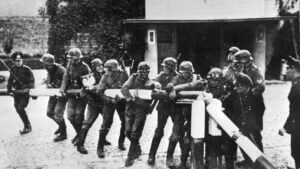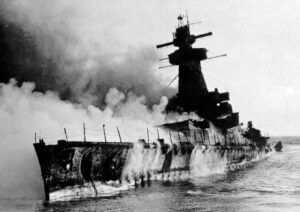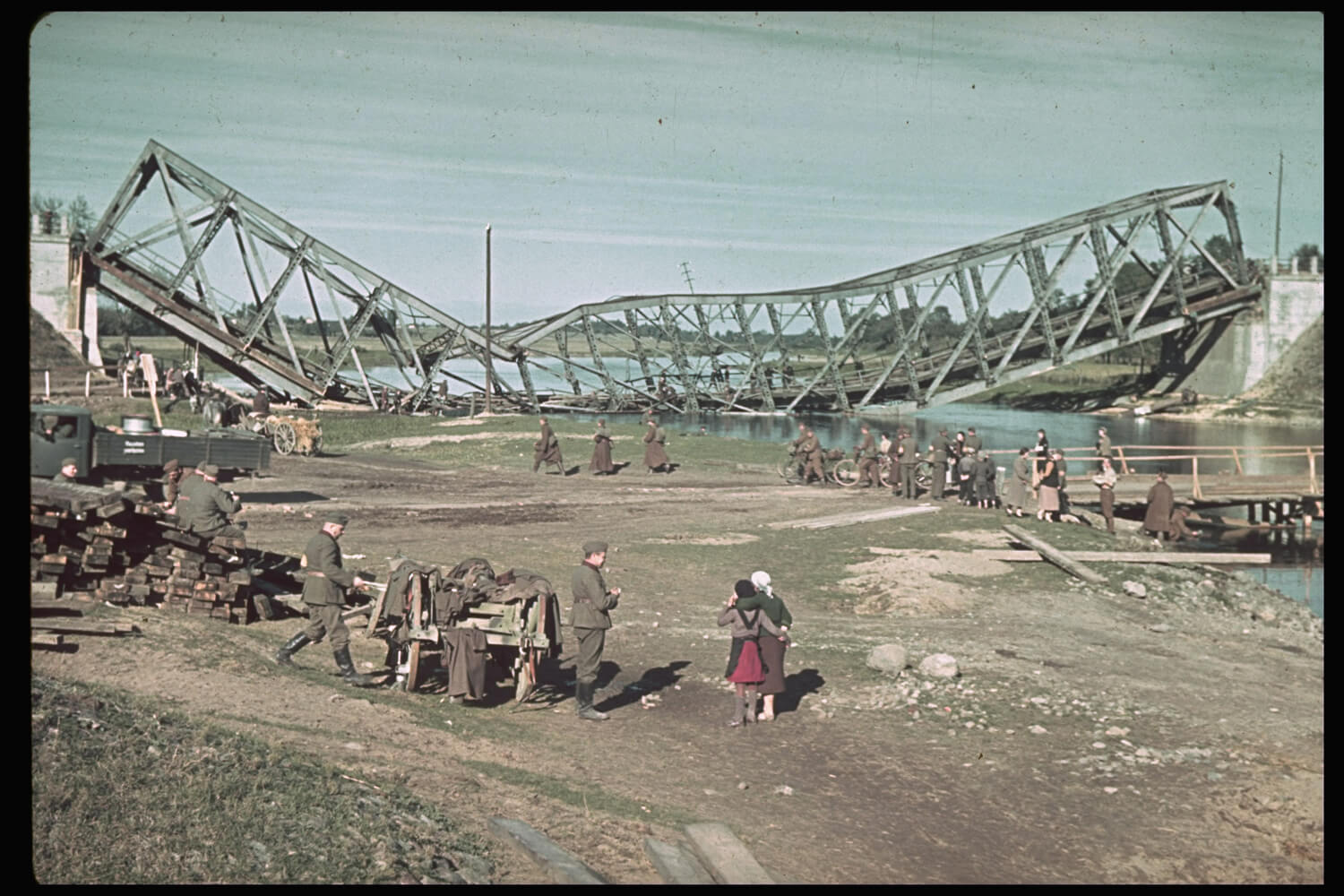| 1939 |
As the first months of 1939 draw to a close, tensions in Europe and Asia escalate. In March, Germany violates the Munich Agreement by occupying Czechoslovakia, demonstrating Hitler’s disregard for diplomatic promises. Great Britain and France, alarmed by German aggression, pledge support for Poland in the event of an attack. Meanwhile, in the Far East, Japan continues its brutal war in China, expanding its occupation in Hunan Province.
In May, conflict erupts along the Soviet-Japanese border in Mongolia. The Battle of Khalkhin Gol sees fierce fighting between Soviet-Mongolian and Japanese forces. Under the command of General Georgy Zhukov, Soviet troops inflict a decisive defeat on the Japanese by August, forcing them to reconsider their expansionist strategy in the north. This loss pushes Japan to focus southward, looking towards Southeast Asia and the Pacific for future conquests.
On August 23rd, 1939, Germany and the Soviet Union sign the Molotov-Ribbentrop Pact. The agreement contains a secret clause for the partition of Poland, ensuring that Hitler can invade without fear of Soviet intervention. With the diplomatic groundwork laid, Hitler orders his forces to prepare for war.
At dawn on September 1st, 1939, Germany launches a full-scale invasion of Poland. Blitzkrieg tactics, combining rapid armoured advances, motorised infantry, and devastating air raids, overwhelm Polish defences. The Luftwaffe bombs military installations and cities, including Warsaw, while German tanks and infantry advance from the west. Polish forces resist but struggle against the sheer speed and firepower of the assault.

Two days later, Britain and France declare war on Germany, honouring their pledge to protect Poland. Their declaration extends to the British Commonwealth nations, including Australia, New Zealand, South Africa, and Canada, which also join the war in the following days. Despite their commitment, neither Britain nor France is in a position to provide direct military assistance to Poland. Their forces remain behind the heavily fortified Maginot Line, expecting a German assault that does not come. This period of inaction in Western Europe soon becomes known as the “Phoney War.”
Several nations choose to remain neutral, hoping to avoid being drawn into the conflict. Sweden, Switzerland, the Netherlands, Belgium, Denmark, and Spain declare neutrality, while the United States, under President Franklin D. Roosevelt, remains officially neutral but revises the Neutrality Act to allow arms sales to Allied nations under a “cash-and-carry” system. Ireland also declares neutrality but maintains close ties with Britain.
On September 17th, 1939, the Soviet Union joins Germany and invades eastern Poland, seizing its agreed portion under the Molotov-Ribbentrop Pact. The Red Army crosses the border, claiming to protect Ukrainians and Belarusians but in reality acting in coordination with Germany. With Polish forces already stretched thin, resistance crumbles. On September 27th, 1939, Warsaw surrenders after weeks of intense bombardment. By early October, Poland is completely overrun and partitioned between Germany and the Soviet Union. The Polish government flees into exile, first to Romania and later to France, where it continues to coordinate resistance efforts.
With its western border secured, the Soviet Union moves to consolidate its influence over Eastern Europe. Estonia, Latvia, and Lithuania are forced to accept Soviet military bases, effectively placing them under Soviet control. Stalin then turns his attention to Finland. On November 30th, 1939, the Red Army invades Finland, expecting a swift victory. Instead, Finnish troops, familiar with their terrain and using effective guerrilla tactics, inflict heavy casualties on the Soviet forces. The Winter War exposes severe weaknesses in the Soviet military despite its numerical superiority, as Finnish ski troops and snipers harass and decimate poorly trained Soviet units.
As war spreads across Europe, naval engagements begin to shape the conflict. The German Kriegsmarine launches submarine attacks on Allied shipping in an effort to starve Britain into submission. On October 14th, 1939, the German U-boat U-47 infiltrates the Royal Navy’s base at Scapa Flow and sinks the battleship HMS Royal Oak, dealing a serious blow to British naval power and demonstrating the deadly effectiveness of German submarine warfare.
In the South Atlantic, a major naval battle unfolds. The German pocket battleship Admiral Graf Spee has been raiding British merchant shipping for months. On December 13th, 1939, it is intercepted by a British squadron off the coast of Uruguay in the Battle of the River Plate. H.M.S. Exeter, H.M.S. Ajax, and H.M.S. Achilles engage the German raider, inflicting severe damage. Captain Hans Langsdorff seeks refuge in Montevideo, a neutral port. Facing diplomatic pressure and an ultimatum to leave within 72 hours, he mistakenly believes he is outnumbered by a superior British fleet waiting outside the harbour. Rather than risk his ship being captured, he orders Graf Spee to be scuttled on December 17th, 1939. Three days later, Langsdorff takes his own life, marking an early psychological victory for the Allies.

By the end of 1939, war has consumed Europe and extended into Asia. Poland ceases to exist as an independent nation, while Britain and France prepare for a long and costly struggle against Germany. The Soviet Union expands its sphere of influence in Eastern Europe while continuing its war against Finland. Japan, having suffered a defeat against the Soviets at Khalkhin Gol, shifts its focus towards the Pacific. The conflict remains relatively quiet on the Western Front, but both sides prepare for a much larger war that will soon engulf Europe, Africa, and the Pacific.

